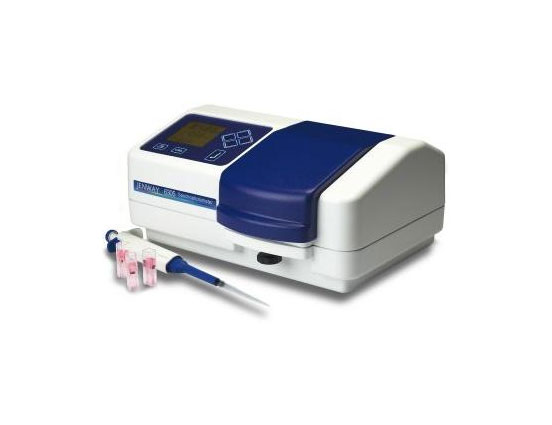The Basics of Spectrophotometry: Understanding the Science behind the Spectrophotometer
Spectrophotometry is a technique used to measure the amount of light that a sample absorbs or transmits at different wavelengths. Spectrophotometers are used in various fields of science, such as chemistry, biology, environmental science, and physics, to determine the chemical and physical properties of a sample. In this article, we will discuss the basics of spectrophotometry and the science behind spectrophotometry.
The electromagnetic spectrum is the range of all frequencies of electromagnetic radiation, which includes gamma rays, X-rays, ultraviolet, visible light, infrared, microwaves, and radio waves.
Due to the increased introduction of revolutionary products in the area by major players, North America is anticipated to have a prominent position in the industry and to see considerable growth in the Spectrometer Market.
The wavelength of light determines its color and energy, with shorter wavelengths having higher energy and longer wavelengths having lower energy. Spectrophotometry measures the intensity of light at different wavelengths, and the result is plotted as a spectrum.
The basic components of a Spectrophotometer are a light source, a sample holder, a monochromator, a detector, and a readout device. The light source produces a beam of light that passes through the sample holder.
The monochromator separates the light into its component wavelengths, allowing only a specific wavelength of light to pass through the sample. The detector measures the intensity of light that passes through the sample, and the readout device displays the results.
The Beer-Lambert Law is the fundamental principle of Spectrophotometer. It states that the amount of light absorbed by a sample is directly proportional to the concentration of the absorbing species and the path length of the sample. This law allows scientists to determine the concentration of a solute in a solution by measuring the absorbance of light at a specific wavelength.
The absorbance of a sample is calculated using the following formula: A = log(I0/I), where I0 is the intensity of the incident light, and I is the intensity of the transmitted light. The absorbance value ranges from 0 to infinity, with 0 indicating no absorption and infinity indicating complete absorption.




Comments
Post a Comment